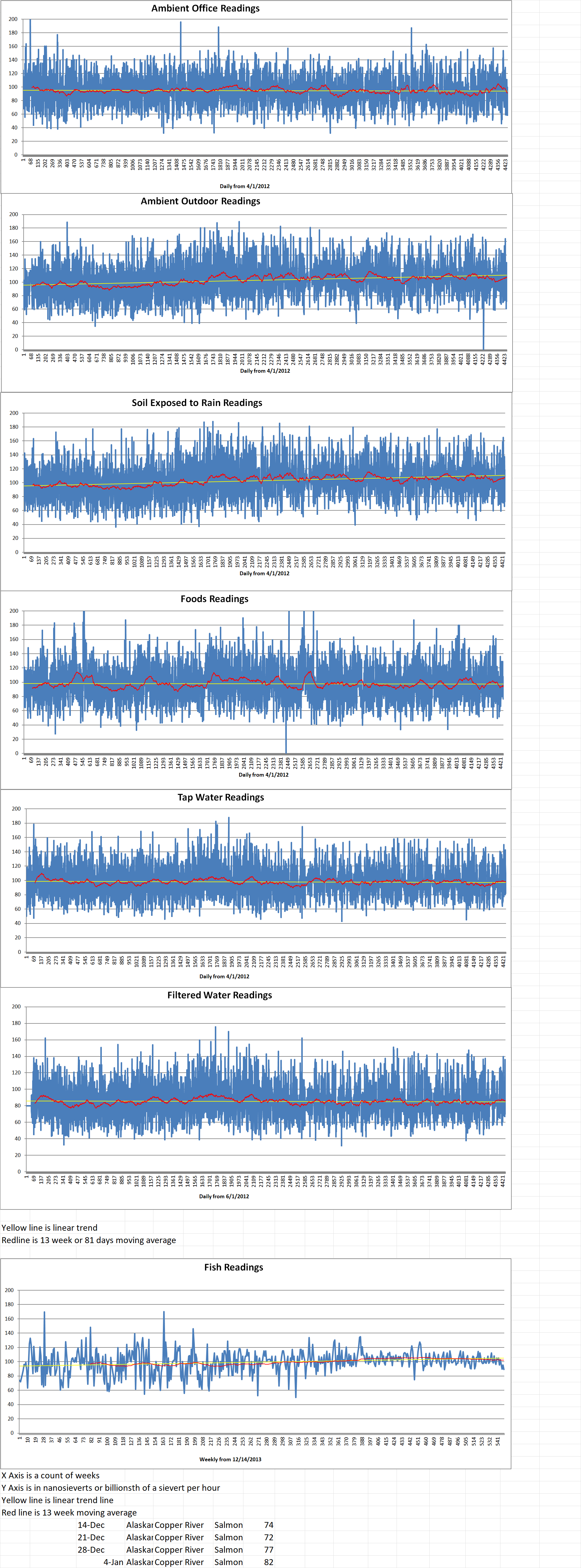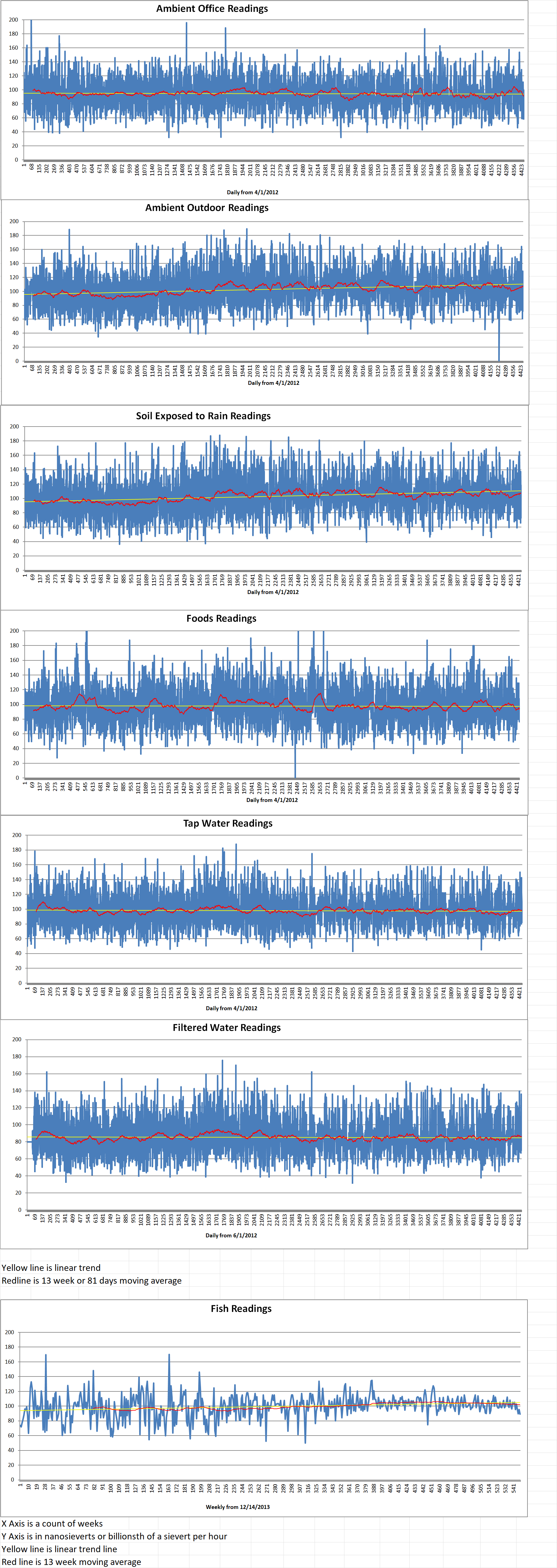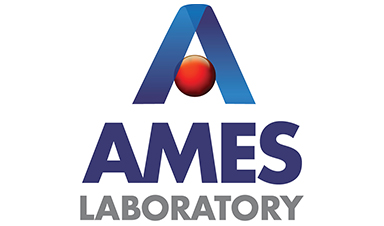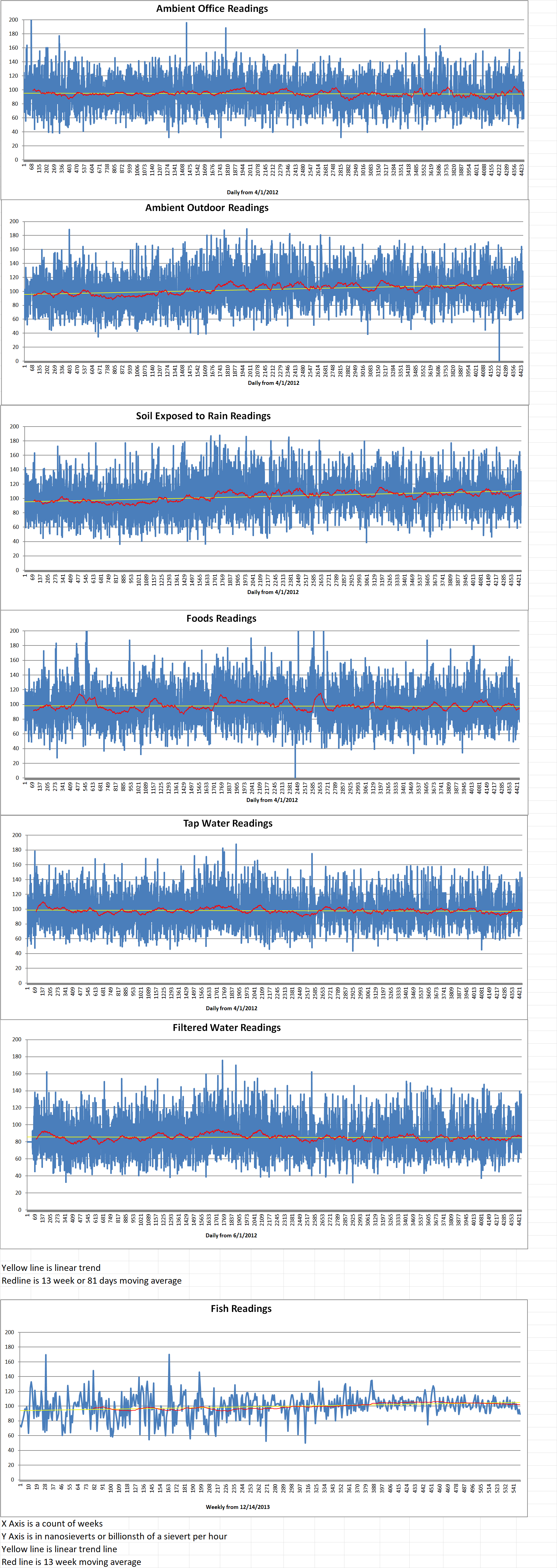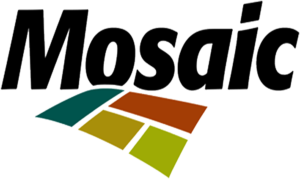Part 1 of 3 Parts
Researchers at the U. S. Department of Energy (DoE) Ames National Laboratory and Iowa State University are leading efforts to overcome material challenges to making commercial fusion a reality. The research teams are part of a DoE Advanced Research Projects Agency-Energy (ARPA-E) program referred to as “Creating Hardened And Durable fusion first Wall Incorporating Centralized Knowledge” (CHADWICK). They will research materials for the first wall of a fusion reactor. The first wall is the part of the reactor that surrounds the fusion reaction. It bears the brunt of the extreme heat and pressure in the fusion reactor core.
ARPA-E recently selected thirteen projects under the CHADWICK program. Of those thirteen, Ames Lab leads one of the projects. It is also collaborating with Iowa State on another project, which is led by Pacific Northwest National Laboratory (PNNL).
Nicolas Argibay is a scientist at the Ames Lab and the lead of one project. One of his key challenges in harnessing fusion-based power is containing the plasma core that generates the energy. The plasma is like a miniature sun that needs to be contained by materials that can survive a combination of extreme temperature, extreme pressure, irradiation, and magnetic fields while efficiently extracting heat for conversion to electricity.
Argibay explained that in the reactor core, the plasma is contained by a strong magnetic field, and the first wall surrounds this environment. The first wall has two layers of material. One layer is closest to the strong magnetic and plasma environments. The other layer will help move the energy along to other parts of the system.
The first layer material needs to be structurally sound, and able to resist cracking and erosion over time. Argibay also said that it cannot stay radioactive for very long because the reactor needs to be turned on and off for maintenance without endangering anyone working on it. The project that Argibay is leading is focused on the first layer material.
Argibay said, “I think one of the things we [at Ames Lab] bring is a unique capability for materials design, but also, very importantly, for processing them. It is hard to make and manage these materials. On the project I’m leading, we’re using tungsten as a major constituent, and with the exception of some forms of carbon, like diamond, that’s the highest melting temperature element on the periodic table.”
Special equipment is required to process and test refractory materials, which have extremely high melting temperatures. In Argibay’s lab, the first piece of equipment installed was a commercial, modular, customizable, open-architecture platform for making refractory materials. The lab will explore advanced and smart manufacturing methods to make the process more efficient and reliable.
Argibay added, “Basically, we can make castings and powders of alloys up to and including pure tungsten, which is the highest melting temperature element other than diamond.”
By spring of 2025, Argibay said that they intend to have two additional systems in place for creating these refractory materials at both lab-scale and pilot-scale quantities. He explained it is easier to make small quantities (lab-scale) than larger quantities (pilot-scale). However, larger quantities are important for collecting meaningful and useful data that can translate into a real-world application.
Argibay’s team also has the ability to examine the mechanical properties of refractory materials at relevant temperatures. Systems able to make measurements well above eighteen hundred degrees Fahrenheit are rare. Ames Lab has one of the only commercial thermal testers in the country that can measure tensile properties of alloys at temperatures up to twenty-seven hundred degrees Fahrenheit. This puts the lab in a unique position to support process science and alloy design.
Please read Part 2 next
Ames National Laboratory

